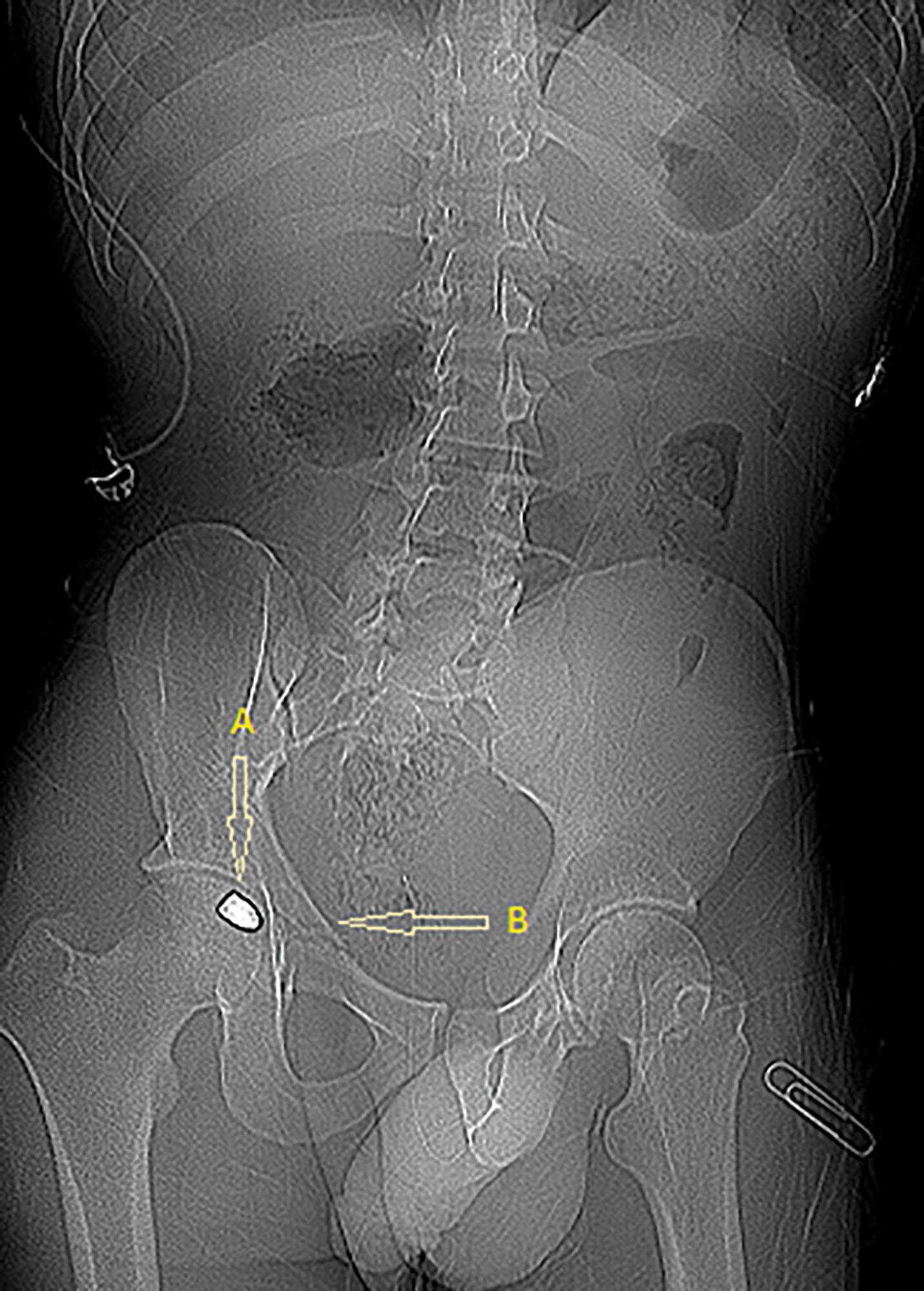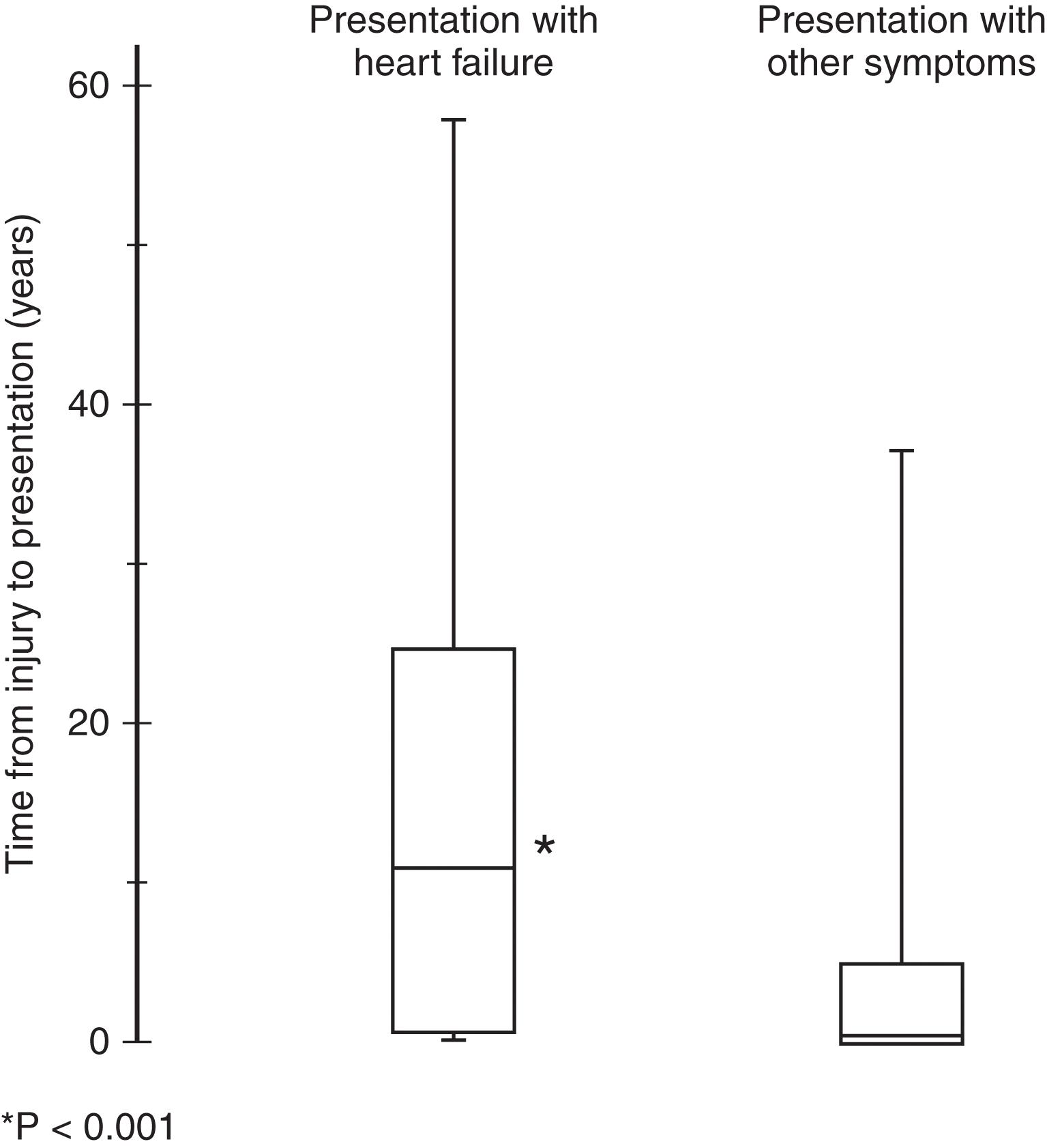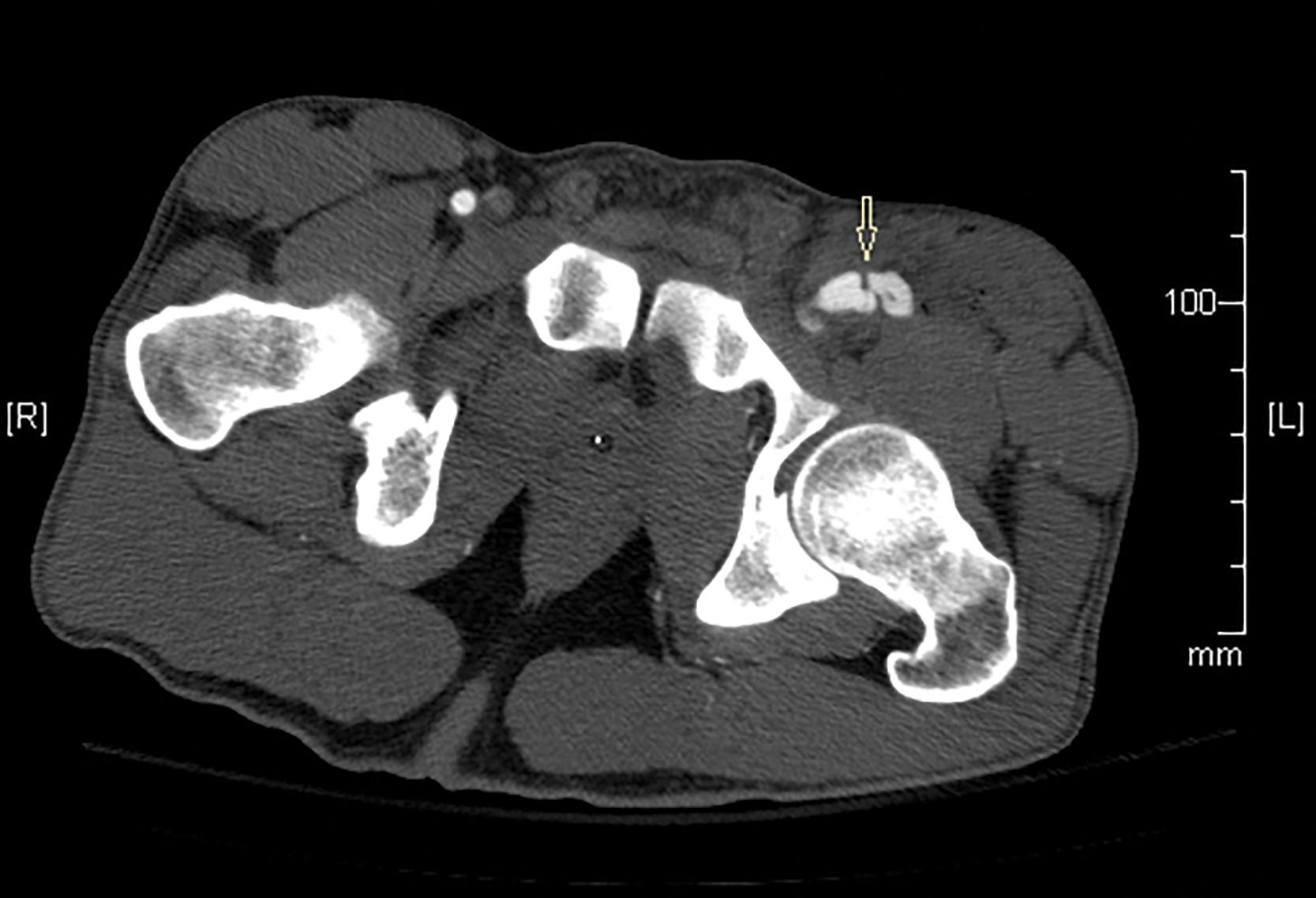Physical Address
304 North Cardinal St.
Dorchester Center, MA 02124
Penetrating arteriovenous fistulas (AVFs) are a rare complication of vascular injuries; consequently, few trauma surgeons and trauma centers have significant experience with their management. Most series have been reported during wartime and/or prior to the advent of well-developed vascular surgical techniques and instruments.
Penetrating injuries may involve both the arteries and veins in close proximity, resulting in an anomalous connection between the two vessels—otherwise defined as an AVF. Clinical presentation of these injuries may vary from asymptomatic to exsanguinating hemorrhage. AVFs are a well-reported but very rare complication of penetrating injuries. An AVF is essentially a shunt, with flow from the high arterial pressure system to the low venous pressure system bypassing the high resistance arterioles. As such, there is an increased volume of right-sided venous return to the heart, thus by the Starling mechanism, the stretch reflex causes the heart to increase contractility. This increased stroke volume work imposed upon the heart may result in high-output heart failure (HF) on a long-term basis.
Antyllus (150 bc ), a Greek surgeon, was credited by Sir William Osler for the early description of an AVF and its differentiation from an aneurysm via the characteristic, pulsating “thrill.” Osler also credits Galen, with the first successful treatment of an AVF with the application of a “viscid, conglutinable and obstructive dressing.” William Hunter, in 1757, provided the first description of the physiology of AVFs, while Annandale, in 1875, described the first successful surgical management of a popliteal AVF.
Many wars have transpired since Antyllus’s original description with the management of vascular injuries advancing significantly. Rich reported 262 AVFs following penetrating trauma from 509 combat casualties and identified 7500 vascular injuries from the Vietnam Vascular Registry for an incidence of 0.3%. The mortality for these injuries in this series was 1.8% with surgical repairs performed on all patients. Soubbotich in 1913 strongly recommended that AVFs “be operated on as they had no prospects for spontaneous resolution.” Shumacker, in 1950, reported 245 AVFs, 5 (2%) of which healed spontaneously and within 3 months of the original injury. This observation was also made by Billings in 1973 who reported the spontaneous resolution of an axillary AVF in a 19-year-old marine wounded in Vietnam with multiple fragments. Similarly, Rich described two other patients wounded in Vietnam with spontaneous AVF resolution treated at Walter Reed General Hospital. Thus, surgical intervention remains a requirement for the majority of these patients. With current advances in endovascular surgery, a new and effective weapon has been added to the surgical armamentarium. The objectives of this chapter are to review their incidence, clinical presentation, radiologic identification, management, complications, and outcomes and to provide a review of exposures and surgical techniques for their management.
The incidence of penetrating AVFs remains difficult to calculate given the rarity of these injuries and the paucity of data available in the literature both for the military and civilian arenas of warfare.
In our extensive review of the contemporary literature we identified a total of 291 patients with penetrating AVFs, and mean age was 28. Of the 291 patients, 217 (75%) AVFs had a delayed presentation for an average of 6 years after their initial injury, and 74 (25%) AVFs were immediately identified during the initial intervention to repair their vascular injuries. In patients with long-standing AVFs, common physical findings included a continuous murmur and a pulsating mass, bruits, or thrills at the site of injury. Patients with late-presenting AVFs experienced region-specific symptoms, such as peripheral swelling and pain, and nonspecific symptoms of dyspnea, hypertension, palpitations, fatigue, and gastrointestinal distress. High-output cardiac failure is a well-known rare complication of long-standing AVFs. In our review, this was described in 48 (16%) patients at an older age 40 versus 28 years.
Data were available in all 291 patients describing their mechanism of injury. The most common mechanism of injury was stab wounds (126 [49%]), followed by gunshot wounds (94 [37%]), miscellaneous etiologies (35 [12%]), and penetrating injuries with an unspecified agent (36 [12.4%]). Examples of miscellaneous mechanisms of injury include penetrating small iron tip, shrapnel, glass shards, and a barb of a stingray (see Table 1 ).
| n | SW | GSW | Misc. | Penetrating unspecified | |
|---|---|---|---|---|---|
| Neck | 69 | 34 | 21 | 6 | 8 |
| Thorax | 46 | 26 | 9 | 9 | 2 |
| Abdomen and pelvis | 87 | 46 | 28 | 4 | 9 |
| Extremities | 89 | 20 | 36 | 16 | 17 |
| Total | 291 | 126 (43.3%) | 94 (32.3%) | 35 (12.0%) | 36 (12.4%) |
Data regarding mechanism of injury was stratified according to anatomic region neck (69 [24%]), thorax (46 [16%]), abdomen and pelvis (87 [30%]), as well as upper and lower extremities (89 [30%]). The upper and lower extremities were the most common anatomic regions harboring AVFs secondary to penetrating injuries, with stab wounds being the most common mechanism of injury for all anatomic regions except the extremities, where gunshot wounds predominated: 36 gunshot wounds (50%) versus 20 stab wounds (28%) ( Figs. 1–3 ).



Become a Clinical Tree membership for Full access and enjoy Unlimited articles
If you are a member. Log in here